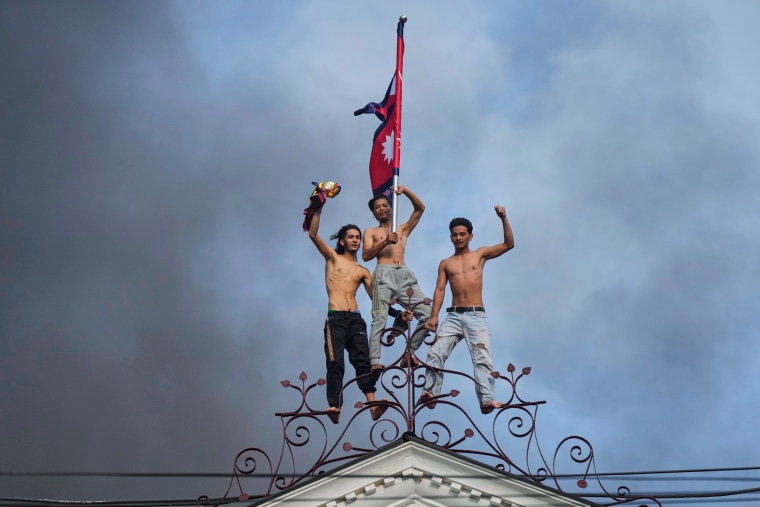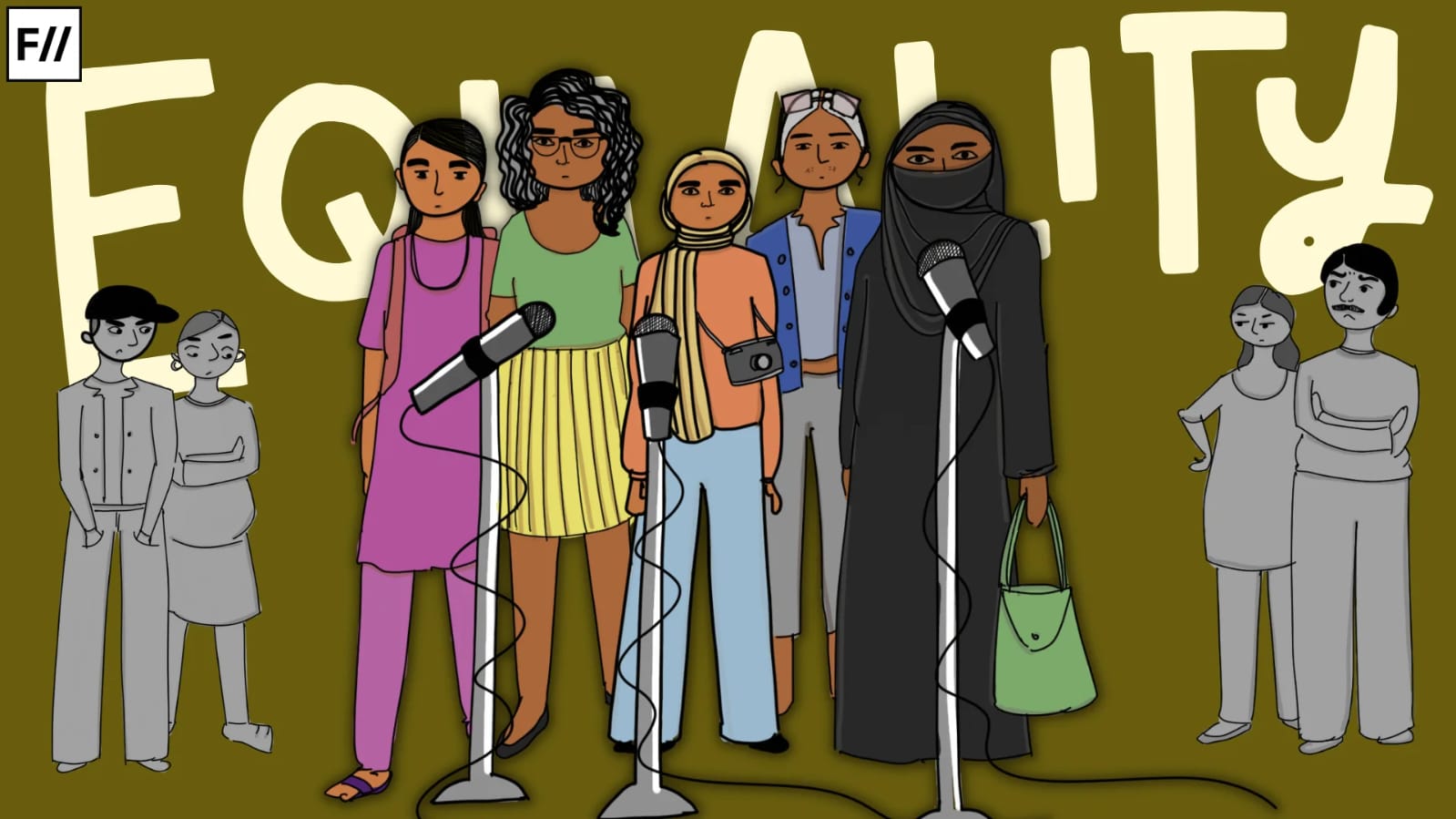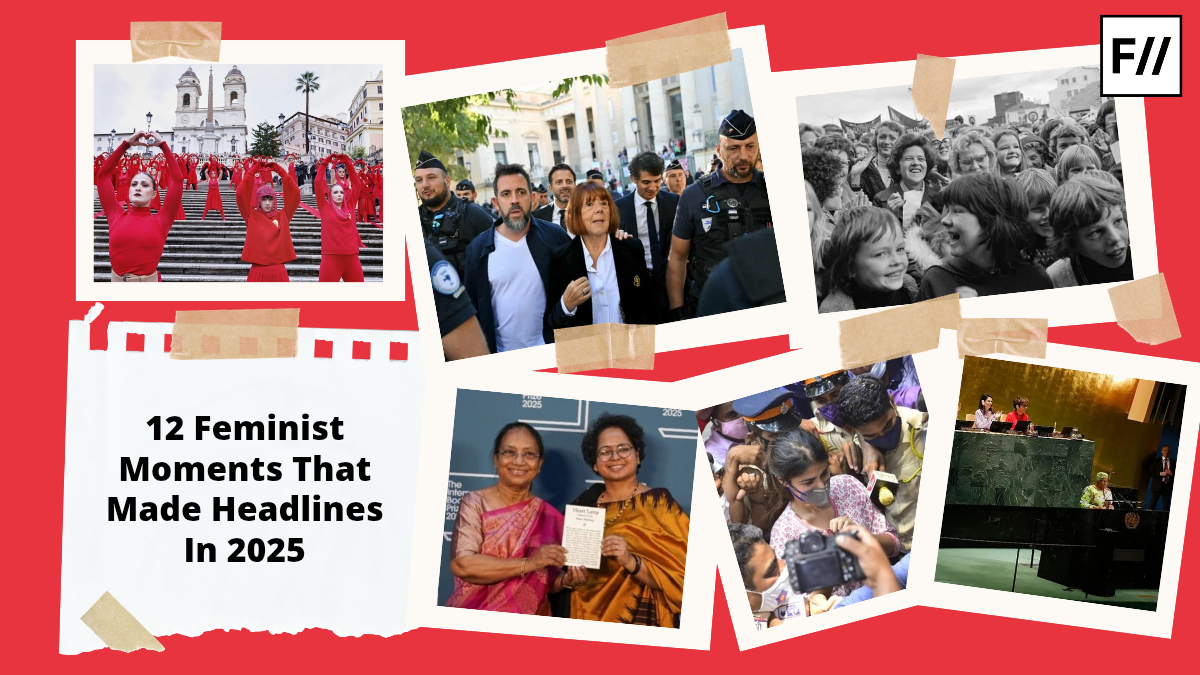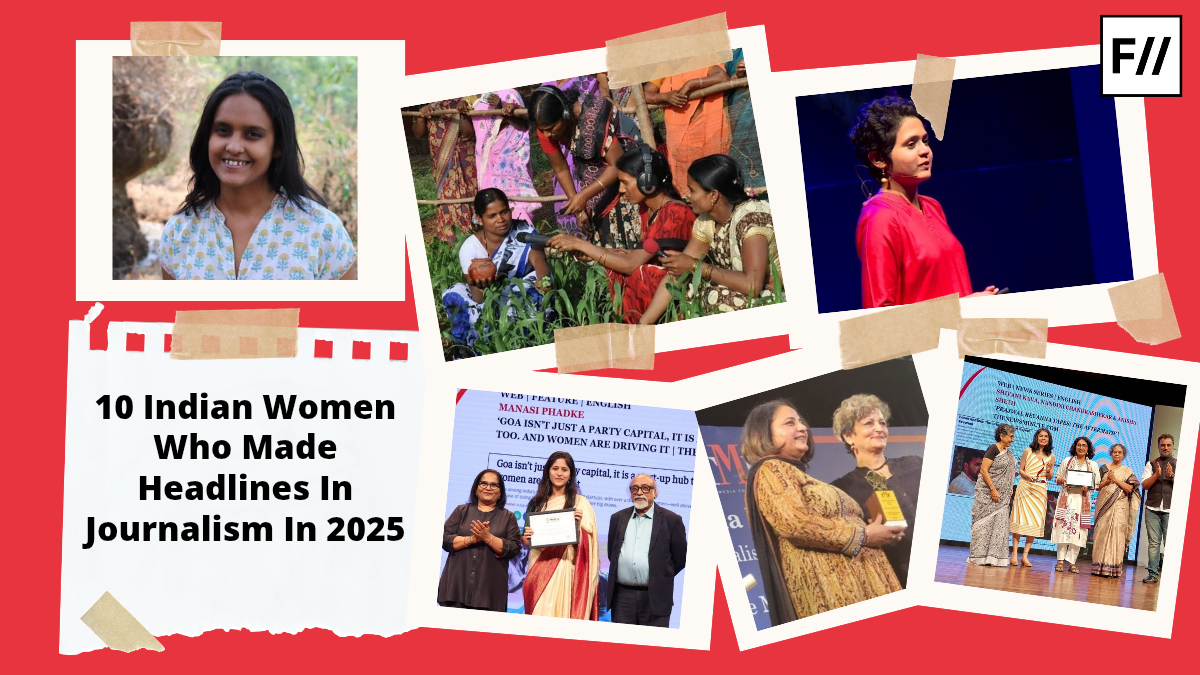Every political science book taught us that a fruit seller’s self-immolation caused the Jasmine Revolution. Also known as the Arab Spring, this revolution toppled authoritarian regimes across the Middle East through mass protests and dissent led by young people. Although it did not result in the expected outcome, did anyone explain what happened that prompted Mohamed Bouazizi, a 26-year-old youth, to trigger one of the most significant uprisings the neoliberal world had ever experienced? It was a slap by a police officer. Many of you might have just thought, “deserved it”. However, before proceeding, a crucial question must be addressed. Why was he slapped?
As a routine exercise, officers arrived in the Tunisian town of Sidi Bouzid to vacate unlicensed vendors. The argument was over a crate of bananas and some pears. The municipal police confiscated Bouzazi’s produce and weighing scales, to which he responded, ‘Now what should I do… Should I weigh my fruits with your breasts?’
This age of pre-adulthood is incited by the current media, categorically social media discourse, that valorises aggression in the garb of passion. In such a polarised scenario, Praveen Swami argues, ‘young men without opportunities and jobs have only one section of the society they can pick on: young women.’
Faida Hamdi, the female police official, famously said in a statement to the press that had a woman not hit him, none of this would have happened. No action justifies violence. The consequence of this taunt, however, was a slap that led to the most significant instances of violence in the Middle East. It is agreed upon by feminists that there must be parity in the treatment of all genders, but do all receive the same treatment in terms of respect and agency when exercising their rights?
Gendered consequences of youth anger
We are living in the age of ‘youth bulges’. A period in the history of mankind when the demographic patterns in a country reflect a large share of its population consisting of children and the youth, as compared to the old. South Asia, in particular, has been facing the consequences of this demographic shift and corresponding economic decline, with Pakistan, Sri Lanka, Bangladesh, and now Nepal all falling into the trap of a hung government.
Praveen Swami, a contributing editor to The Print, says that ‘Youth bulges lead to too many young people competing for too few jobs at an age when they cannot think of getting married’ and this ‘opens a can of toxic masculinity issues.’
The current media influence this age of pre-adulthood, particularly social media discourse, which valorises aggression in the guise of passion. In such a polarised scenario, Praveen Swami argues, ‘young men without opportunities and jobs have only one section of the society they can pick on: young women.’
Historical patterns of violence
The effects of the large-scale ethnic violence in Kenya from 1991 to 1993, which was an outcome of the inability of the economy to absorb a rapidly growing labour force, continue to date. As the private sector faces volatility due to the disproportionate rise of a handful of billionaires and their influence on the political economy, the public sector is facing overcrowding. In Kenya today, political groups rely on criminal gangs to provide them with money and muscle power and similarly, in Mexico, drug cartels have been the awful result of young men wanting to earn fast cash in cartels. Using gun violence to gain a deceitful sense of agency, low education, social disparities and gendered upbringing compounded with economic uncertainties have fuelled this youthful disillusionment.
A horrifying instance of sexual assault of a 13-year-old girl by twelve people, seven of whom were minors, is just one of the several examples of gender-targeted juvenile violence that the country is recording.
Anthropological studies by Assad & Barsoum (2007), Mulderig (2013) and Kabbani (2019) have shown how violence and hate have so deeply permeated the countries of the Middle East and Latin America that progress and development have been rendered impossible. Countries with high youth male populations have shown higher instances of criminal activities, as studied by Ted Robert Gurr.
Closer to home, Hendril Urdal, in his 2005 Subnational Study on India, found a strong statistical correlation between the risk of armed conflict and youth bulges. A notable point is that all these trends are closely related to a rise in youth male populations in not only developing but also developed economies.
Media, youth and juvenile crime trends
The release of the Netflix series ‘Adolescence’ sent alarms going off across the world, which was still living in the utopia of childhood innocence and naïveté, as an excuse for the ever-rising rates of youth-committed crimes. The Hindu published a detailed report on juvenile offenders, and it shows that juvenile offenders convicted of violent offences have steadily increased in India, even as those in conflict with the law have declined.
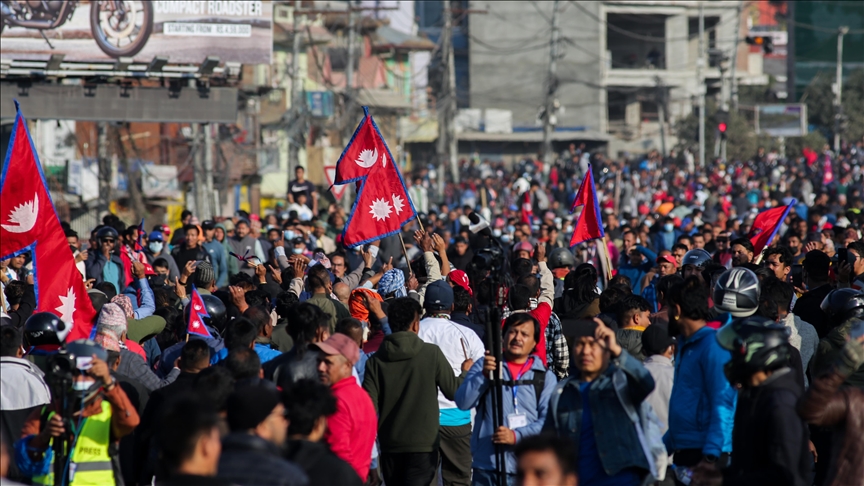
A horrifying instance of sexual assault of a 13-year-old girl by twelve people, seven of whom were minors, is just one of the several examples of gender-targeted juvenile violence that the country is recording. Gender-Based Violence (GBV), being an economic issue, was recently highlighted by an online panel discussion by the Aspen Institute, where it talked about the disproportionate impact of the federal crisis, be it political, economic or social, on women.
Violence against women during political uprisings is categorised as a ‘tactic of war’ to assert social control and symbolically assert control by dishonouring the allegorical understanding of purity in a woman’s body. Research on the Arab uprising by Hafez (2015) and Bogert (2019) showed how sexual, psychological, symbolic and now also online violence are all facets of GBV that threaten women’s participation in politics and disenfranchise them from actual democratic participation.
Violence against women during political uprisings is categorised as a ‘tactic of war’ to assert social control and symbolically assert control by dishonouring the allegorical understanding of purity in a woman’s body.
While the world watches proto-democracies plunge into what is perceived as empowerment and youth-led, independent voices, we must reexamine the gendered composition and participation in these movements. The ‘Gen-Z Movement’ in Nepal resulted in the overthrow of an allegedly corrupt and stifling government and the election of its first female Prime Minister, even as the country records a nearly century-long death toll and mass infrastructural disruption.
No instance of GBV has been reported to date. However, systematic exclusion and selective targeting of women during political and social movements must not be invisibilised or silenced in the name of achieving the ‘larger good’ or preserving the unity and sanctity of the ‘ultimate message’. However, this historical analysis should spark a public interest in examining the representation of women during and in response to political unrest, and, returning to the unsettling question, whether the Jasmine Revolution would have occurred if the officer had been a man.
About the author(s)
Second year student of Media Studies at CHRIST (Deemed to be University), BRC, Bangalore. A trained Kathak dancer, theatre artist and political nerd.
